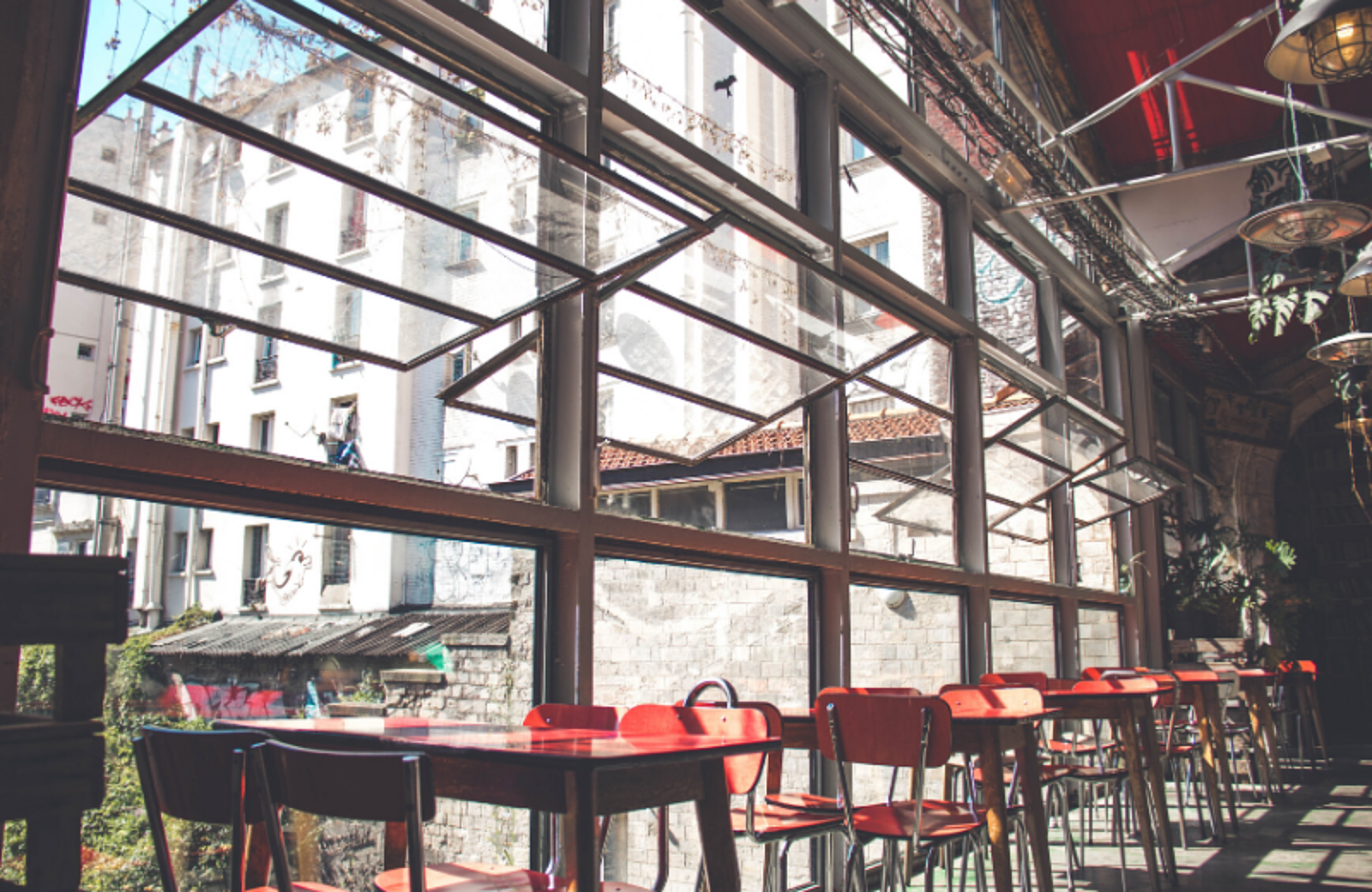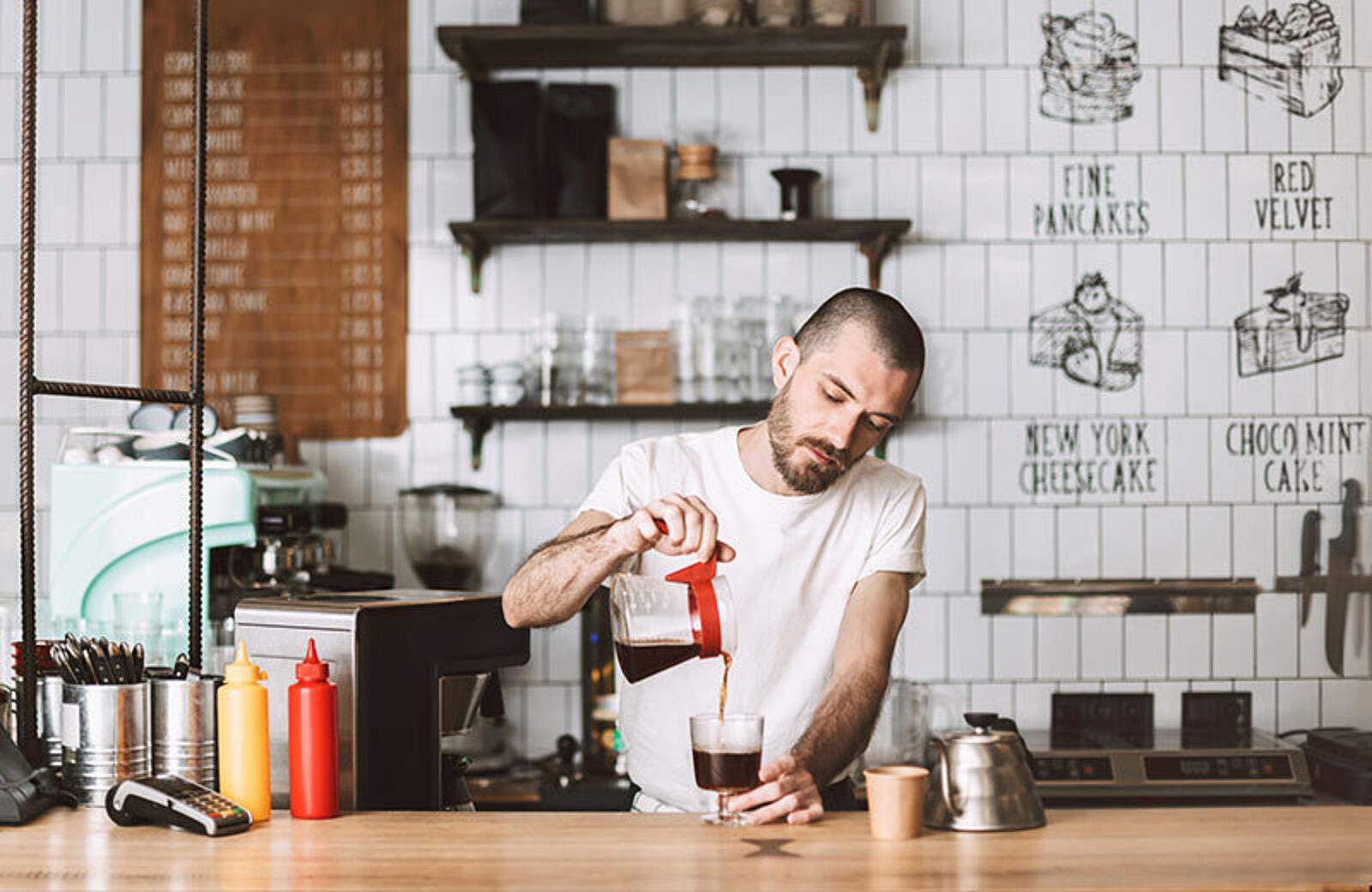
How to Pivot to Takeout and Delivery During COVID-19
Restrictions around COVID-19 are changing quickly every day. Here's how to adapt your service model to the situation as it stands.

Dahlia SnaidermanAuthor
Entering yet another year of the pandemic, restaurants are continuing to use takeout and delivery services to stay afloat.
Since March 2020, there’s been a massive increase in demand for off-premise dining, and restaurants across the country updated their business models to be able to meet their customers where they are. Guests returned to patio and indoor dining as cases decreased, but today, as the extremely contagious Omicron variant has led to soaring case counts, guests everywhere are shifting back to takeout and delivery to support their favorite restaurants.
The good news is that restaurants have already adapted to new takeout and delivery norms and can continue to serve the public with limited contact. Fine dining restaurants had to do the hardest pivots during the early days of the pandemic, with over 54% of restaurateurs allocating more resources than before to off-premise dining like delivery services.
Luckily, the hardest part of navigating the shift to takeout and delivery is largely behind us. Hopefully over the past two years, you’ve figured out which channels work best for your business. This time around, restaurants just need to optimize their processes to be stronger than ever this year. We’ll get into how you can do just that.
To try and help you weather this wave, we’ve put together a guide to pivoting your restaurant to off-premise-only.
Restaurant Website Checklist
This template will help you update and optimize your website, so guests can easily find and order from you.

Announce the Change
Keep in touch with your guests through social media, email newsletters, a popup on your website, and a sign on your door. Let them know that for public health reasons, you’re continuing to offer takeout and delivery as a contactless option.
You can be very candid with your guests: Tell them which ordering methods are best for your business financially, and ask that they use those. If you have your own delivery system built out for your restaurant, encourage your loyal customers to order from there instead of using third-party apps.
Limit Your Menu to Profitable, Travel-Friendly Items
There’s a good chance you’re operating with reduced staff right now, so it’s important to pare down your menu to your most profitable, most delivery-friendly items only. This will help reduce your inventory costs significantly and will make things easier for your cooks. Consolidation is key here: try and make sure each ingredient you buy is used in more than one menu item.
Your profitable, delivery-friendly items should be reasonably cheap for you to make, and they should stay delicious even if they’re steaming in a foam container for 30 minutes. For more on choosing the best foods to deliver, and how to package dishes so they stay fresh, check out this article on foods that travel well.
Having a short, consolidated menu will also make it much easier for you if you’re putting together an online ordering system for the first time, whether it’s on an app or on your website.
Restaurants aren’t the only public businesses using takeout to stay afloat. Bars and pubs are requesting legal permission to make alcoholic beverages available for takeout again. In New York, Governor Kathy Hochul has included alcohol takeout as one of her six initiatives in a new proposal to help small businesses. Make sure you review the food and beverage laws in your city as you’re planning your optimized takeout menu.
Use What You’ve Got
Dive into your freezers and your dry storage area and take stock of what you’ve already bought. Use these ingredients to inform how you build your new off-premise-only menu. If you’ve got a ton of frozen chicken, see how you can stretch that with items like chicken noodle soup, chicken meatballs, and chicken nuggets. If you’ve got an enormous reserve of flour, create some menu items around dough-based items like fresh pasta, pizza, flatbreads, pitas, sandwiches, spaetzle, dumplings, or noodles.
Doing this will be a small financial cushion because while you work through your frozen and dry storage items, you won’t have to order as much new inventory — and it’ll help you establish a new baseline around how much of each item you’ll have to order for your new, consolidated off-premise menu.
Offer Your Own Online Ordering and Delivery Services
If you don't offer delivery or takeout in any capacity yet, set up your restaurant’s online ordering and delivery service on your platform of choice.
With Toast’s Online Ordering System you can own your guest relationship and maintain your margins by allowing guests to easily order pickup or delivery directly from you – without percentage-based commission fees. It is also completely integrated with your point of sale in order to get orders right every time and manage your menu and order volume with ease.
Also, many website builders like WordPress also allow you to install free extensions like GloriaFood, which allows you to build your menu, choose your delivery radius, and take payment all through your restaurant. Website builder Wix also has a Restaurant Orders app that you can integrate into your Wix-built website.
Then, get your restaurant onto whichever third-party delivery services are most popular in your area. Ask your fellow restaurant operators if they're using Caviar, DoorDash, Postmates, UberEats, and/or GrubHub, and which have been the most popular in recent weeks. If you decide to use third-party apps consider using direct integrations with your POS so you can manage orders and menus from one place and save your team time.
Waive Minimum Order Size
Many restaurants typically have a minimum order size, whether it’s $10 or $20, to make the trek worth it. But if this is the only way your business can operate right now, remove any restrictions you have around minimum order size. Every order helps in this situation.
Rethink Your Delivery Strategy
For the restaurants that don’t have their own delivery drivers, third-party delivery apps have helped them compete. In 2022, it’s projected that food delivery revenue will make up 30 billion dollars in sales.
But many restaurants have found that the high percentage-based commission fees can be difficult to bear. They're now partnering with companies like Toast who can help offer delivery for flat fee per order and without having to hire drivers — all while maintaining your guest data so you can drive repeat visits.
On average, restaurants can save up to $36,000 a year in commissions* by switching to Toast Online Ordering.*
**Based on average monthly Online Ordering volume, assuming that customers pay 30% commission on third party ordering channels and switch all digital ordering volume to Toast.
Rethink your delivery strategy by using third party apps as a channel to acquire new guests and funnel those customers to your own delivery channel through printed flyers on delivery bags and experimenting offering an incentive for guests to order directly from you. This way you are retaining your guests while maximizing your reach and your profits.
Offer to Fill Your Guests’ Fridges and Freezers
Many of your regular customers have probably come to rely on your restaurant's food, whether they usually dine in or do takeout. That's why Mei Mei and Mamaleh’s in Boston started offering large-format portions of their best-selling dishes for those customers who want to buy in bulk and freeze food from their favorite restaurants.
Encourage Tips
In your customer communications explaining the changes in the business, encourage your customers to tip their delivery drivers generously, as you know they’re being exposed to a higher risk of contracting COVID.
It’s still important to acknowledge that delivery drivers are on the front lines of this pandemic. They go into many busy restaurants every single day, being constantly exposed to dozens of staff members and customers. To keep your team’s well-being in mind, as well as the well-being of the delivery drivers who help move your food around the city, consider ensuring that every staff member (and every driver who comes in) is always properly wearing their mask.
Facilitate Contact-Free Delivery
Especially if you deliver through your own system, you can make sure your drivers are delivering food with a “contact-free” experience — meaning a driver calls or texts the recipient to let them know they’ve left the food on their doorstep and leaves before they have to make contact with the recipient. Then, the recipient can go ahead and grab the food.
Most third-party delivery apps are now offering a “contact-free” option as well, so regardless of how you deliver, encourage your guests to opt for that option to protect themselves and the drivers.
Offer Curbside Takeout
To supplement contactless delivery, many restaurants like Butcher & Bee Charleston are offering curbside takeout, where a guest can come to the restaurant and a staff member will bring them their order outside.
These are trying times, and things are continuing to change every day. Keep yourself, your staff, and your guests as safe as you can, and we will weather this storm together.
To learn more about optimizing off premise dining, check out the Toast video course on online ordering & delivery.
Related Opening a Restaurant Resources
Is this article helpful?
DISCLAIMER: This information is provided for general informational purposes only, and publication does not constitute an endorsement. Toast does not warrant the accuracy or completeness of any information, text, graphics, links, or other items contained within this content. Toast does not guarantee you will achieve any specific results if you follow any advice herein. It may be advisable for you to consult with a professional such as a lawyer, accountant, or business advisor for advice specific to your situation.
Read More
Subscribe to On the Line
Sign up to get industry intel, advice, tools, and honest takes from real people tackling their restaurants’ greatest challenges.


